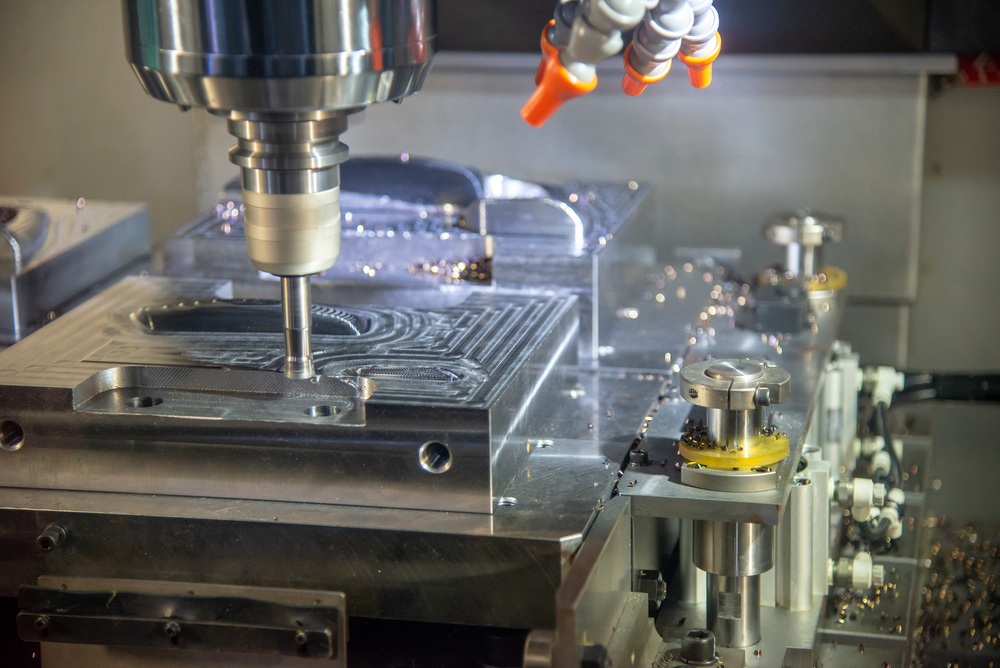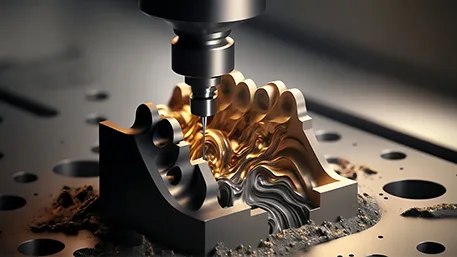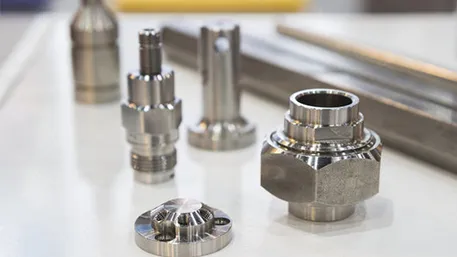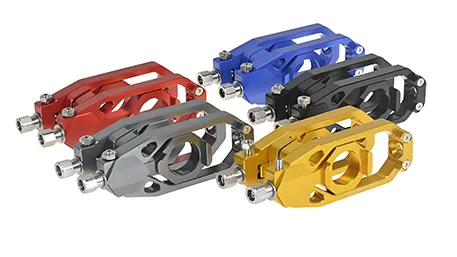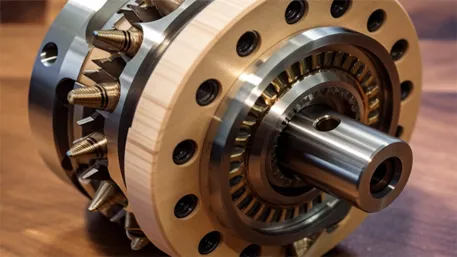In modern manufacturing, the combination of personalized needs and precision processing is becoming increasingly close. With its digital control, high precision, and flexible processing capabilities, CNC milling technology has become the core process for custom part manufacturing. Whether it’s complex components for aerospace or precision implants for medical devices, the custom CNC milling parts service can provide you with a one – stop solution from design to production. The following comprehensively analyzes the core value of custom CNC milling services from dimensions such as the customization process, material – process adaptation, technical advantages, and practical cases, combined with real – world data and industry standards.
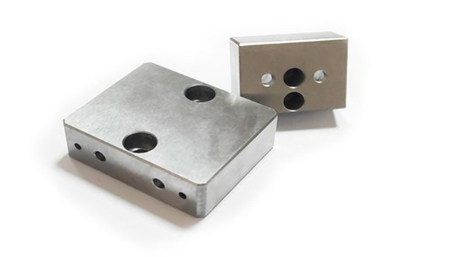
I. Full – process Customization: Integration of Standardization and Personalization from Requirement to Delivery
The custom CNC milling service is oriented towards customer needs. Through standardized processes and digital technologies, it ensures high – efficiency and precision in every link:
Requirement Communication and Feasibility Analysis
A professional team communicates in – depth with customers about the functions, dimensions, materials, and precision requirements of the parts, and conducts a process feasibility assessment based on the application scenario. For example, when customizing a titanium alloy joint for an aerospace customer, through analysis, it is recommended to use 5 – axis milling combined with high – pressure internal cooling technology to ensure that the machining accuracy of the complex inner cavity is controlled within ±0.005mm.
Digital Design and Process Optimization
Use software such as SolidWorks and UG for 3D modeling, preview the machining process through simulation technology, and optimize the tool path. At the same time, provide Design for Manufacturability (DFM). For example, by optimizing the wall thickness of an aluminum alloy thin – walled part from 0.5mm to 0.8mm, the machining efficiency is increased by 30% and the deformation is reduced by 50%.
Programming and Tool Preparation
Generate G – code that can be recognized by CNC machine tools and optimize cutting parameters for different materials. For example, when machining titanium alloy, use TiAlN – coated tools, control the cutting speed at 30 – 60m/min, and the feed rate at 0.05 – 0.15mm/z to ensure a tool life of 10 – 20 hours.
Precision Machining and Real – time Monitoring
Enable automated machining with 3 – axis, 4 – axis, or 5 – axis 联动 machine tools, and use sensors to monitor cutting force, temperature, and tool wear in real – time. After a precision machinery factory applied this technology, the tool wear cost was reduced by 40%, and the scrap rate decreased from 2.3% to 0.5%. The positioning accuracy of a 5 – axis machine tool can reach ±0.001mm, ensuring the machining accuracy of complex surfaces.
Quality Inspection and Post – processing
Use a coordinate measuring machine (accuracy ±0.001mm) and a roughness tester for full – size inspection, with a pass rate of key dimensions reaching 99.8%. Provide post – processing services such as anodizing and polishing. For example, after an aluminum alloy shell is anodized, the surface hardness reaches 200HV, and the corrosion resistance is increased by 5 times.
Packaging and Delivery
Use shock – proof and moisture – proof packaging, and support flexible delivery within 3 – 15 working days. For example, a customer customized 10 stainless – steel fixtures, and through optimized production scheduling, the delivery was completed within 3 working days.
II. Material – Process Adaptation: Scientific Selection Based on Data
The custom CNC milling service is compatible with a variety of materials, and efficient processing is achieved through process optimization. The following are the processing parameters and practical cases of common materials:
Aluminum Alloy:
Cutting speed 150 – 300m/min, feed rate 0.1 – 0.3mm/z, and the material removal rate reaches 1000cm³/min.
An electronics company customized a heat sink, and the dense fins were formed in one – time through high – speed milling, increasing the heat dissipation efficiency by 40% and reducing the processing cost by 25%.
Titanium Alloy:
Select TiAlN – coated tools, cutting speed 30 – 60m/min, and tool life 10 – 20 hours.
When an aerospace enterprise processed blades, the high – pressure internal cooling technology was used, increasing the tool life from 8 hours to 20 hours and improving the processing efficiency by 30%.
Stainless Steel:
Use high – rigidity tools, cutting speed 80 – 120m/min, and the surface roughness Ra can be reduced to 0.8μm.
A medical device company customized surgical instruments, and after processing, the surface roughness reached 0.4μm, meeting the medical – grade precision requirements.
Plastic (such as ABS):
Use medium – low rotational speeds (5000 – 10,000rpm), and when processing thin – walled parts, the dimensional error is controlled within ±0.05mm.
A smart home enterprise customized a housing, and through a multi – pass small – depth – of – cut process, the deformation was reduced by 60%.
Composite Material (CFRP):
Use diamond – coated tools, cutting speed 50 – 80m/min, and the delamination defect rate is reduced to 3%.
A drone manufacturer customized a wing, increasing the part strength by 20% and reducing the weight by 45%.
III. Process Technical Advantages: Breaking Manufacturing Limits with Data
Multi – axis Linkage Technology
5 – axis machine tools can complete the machining of complex surfaces in one – time. For example, for aerospace engine blades, the machining accuracy reaches ±0.005mm, reducing the clamping times by 60% compared to traditional 3 – axis, and significantly reducing cumulative errors.
High – speed Milling (HSM)
The spindle speed can reach 10,000 – 40,000rpm. After a car mold manufacturer applied this technology, the material removal rate increased to 1,200cm³/min, the efficiency increased by 3 times, and the surface roughness Ra was stably below 0.8μm, eliminating the polishing process.
Intelligent Compensation and On – line Detection
Monitor tool wear in real – time and automatically compensate. After an enterprise applied this technology, the dimension pass rate increased from 92% to 98%. The on – line detection system corrects the path after each process to ensure that the final error is within ±0.003mm.
IV. Verification by Practical Cases: Quality Commitment Supported by Data
Aerospace: Customized a carbon – fiber frame for a drone manufacturer. 5 – axis high – speed milling formed it in one – time, reducing the weight by 45%, with a machining accuracy of ±0.01mm and shortening the production cycle by 50%.
Medical Devices: Customized a PEEK surgical guide plate for a hospital. The machining accuracy of the positioning holes is ±0.05mm, the surface roughness Ra is 0.4μm, and the surgical implantation success rate increased by 35%.
Automotive Manufacturing: Customized an aluminum alloy battery box for a new – energy vehicle. High – speed milling shortened the processing time by 40%, reduced the cost by 28%, and the dimension pass rate reached 99.5%.
V. FAQ: Professional Answers Based on Industry Data
Q1: How long does the customization process take?
A: Usually 3 – 15 working days. Simple aluminum alloy parts can be completed within 3 days, and complex titanium – alloy aerospace parts may take 10 – 15 days, depending on the complexity of the parts and the materials.
Q2: Can super – hard materials be processed?
A: CBN tools can be used to process quenched steel (HRC60), with the accuracy controlled within ±0.01mm and a tool life of 20 – 50 hours.
Q3: How to ensure batch consistency?
A: Through digital programming and real – time monitoring, the repeat accuracy of batch parts reaches 99.7%, far exceeding the industry standard (usually 98%).
Q4: How to avoid deformation of plastic parts?
A: Optimize the tool path, control the cutting temperature (such as air cooling), and when processing ABS thin – walled parts, the dimensional error can be controlled within ±0.05mm, while the industry average is ±0.1mm.
Customize Now and Unlock Data – driven Precision Manufacturing!
The custom CNC milling parts service is supported by full – process control, in – depth material – process adaptation, and advanced technologies, providing you with high – precision and high – efficiency personalized solutions. Whether it’s prototype development, special part customization, or small – batch production, we will rely on real – world data and industry standards to help your project succeed.
Leave a message and enjoy an exclusive discount. Let us prove with data that your custom needs deserve more precise manufacturing services!

